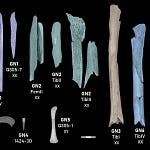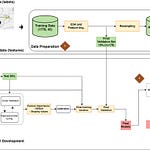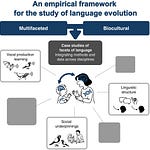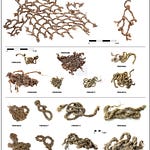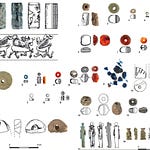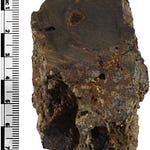The first roots of community
Roughly 11,000 years ago, in what is now northern Syria, humans began to do something revolutionary: they stayed put. Along the Euphrates and its tributaries, people who once followed migrating herds started building houses, storing grain, and tending the first cultivated plots of wheat and barley. The world’s earliest villages—names like Tell Halula, Tell Mureybet, and Tell Sabi Abyad—were not just clusters of mudbrick dwellings; they were experiments in permanence.
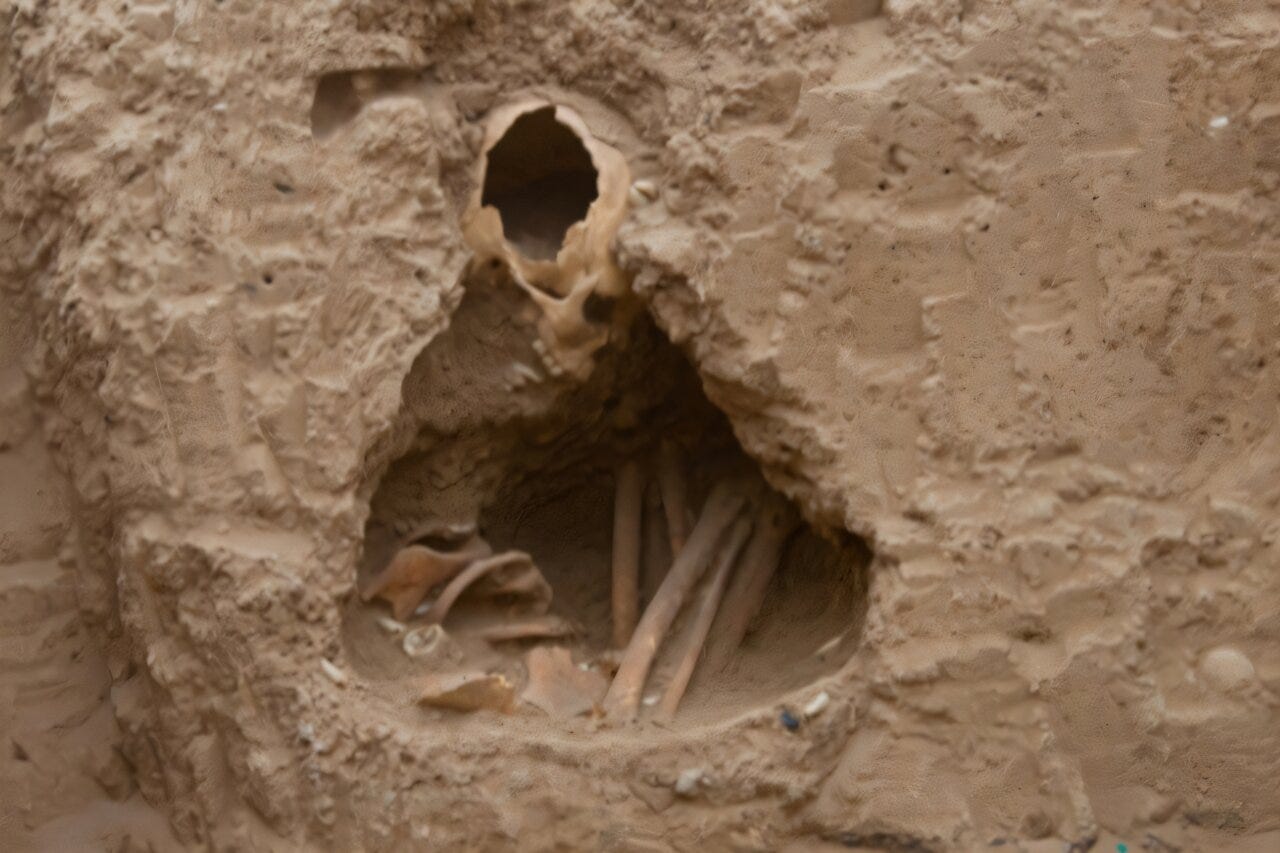
But how did the first villagers actually live together? Did they remain tied to their birthplaces, or move between communities? And when newcomers arrived, were they outsiders—or neighbors?
A new study published in Scientific Reports1 offers a rare chemical glimpse into these questions, drawn not from artifacts but from human teeth. Led by Dr. Jo-Hannah Plug (Oxford University) and Dr. Eva Fernández-Domínguez (Durham University), the team analyzed strontium and oxygen isotopes in the tooth enamel of 71 individuals spanning nearly four millennia of the Neolithic. Their findings suggest that as villages solidified, people became less mobile, more rooted to place—and yet, paradoxically, more inclusive.
“Mobility did not end when farming began,” says Dr. Sarah Khosravi, an archaeochemist at the University of Tübingen who was not involved in the study. “What changed was its meaning. Moving between places shifted from a survival strategy to a social one.”
Listen to this episode with a 7-day free trial
Subscribe to Anthropology.net to listen to this post and get 7 days of free access to the full post archives.


